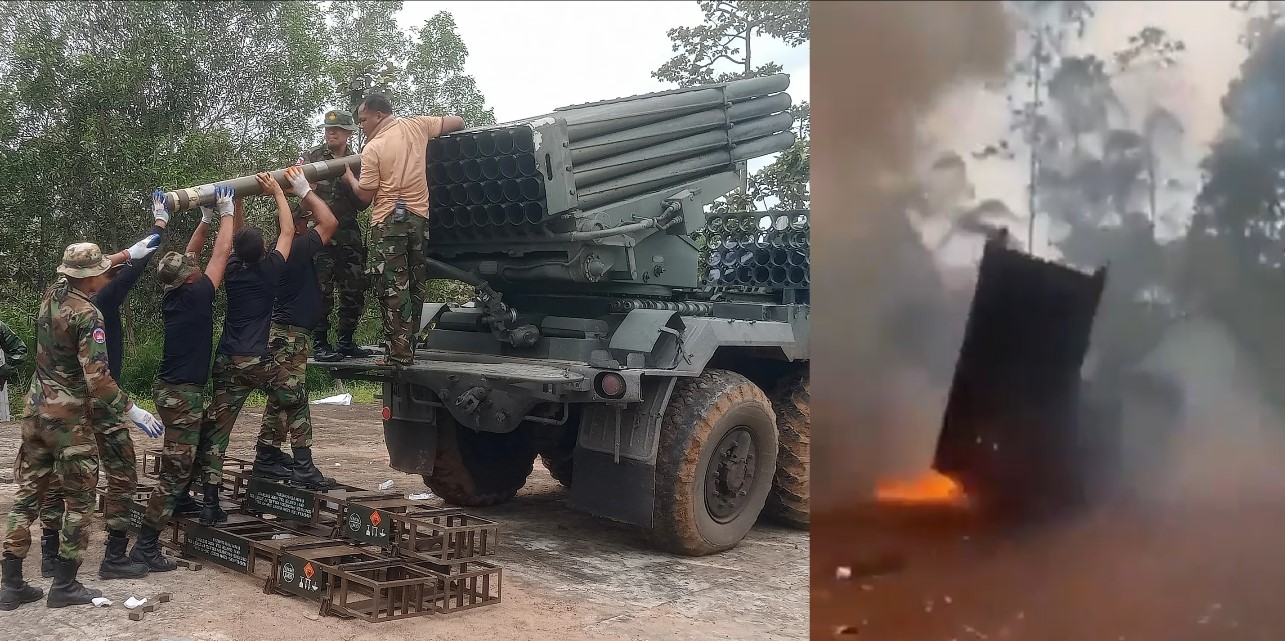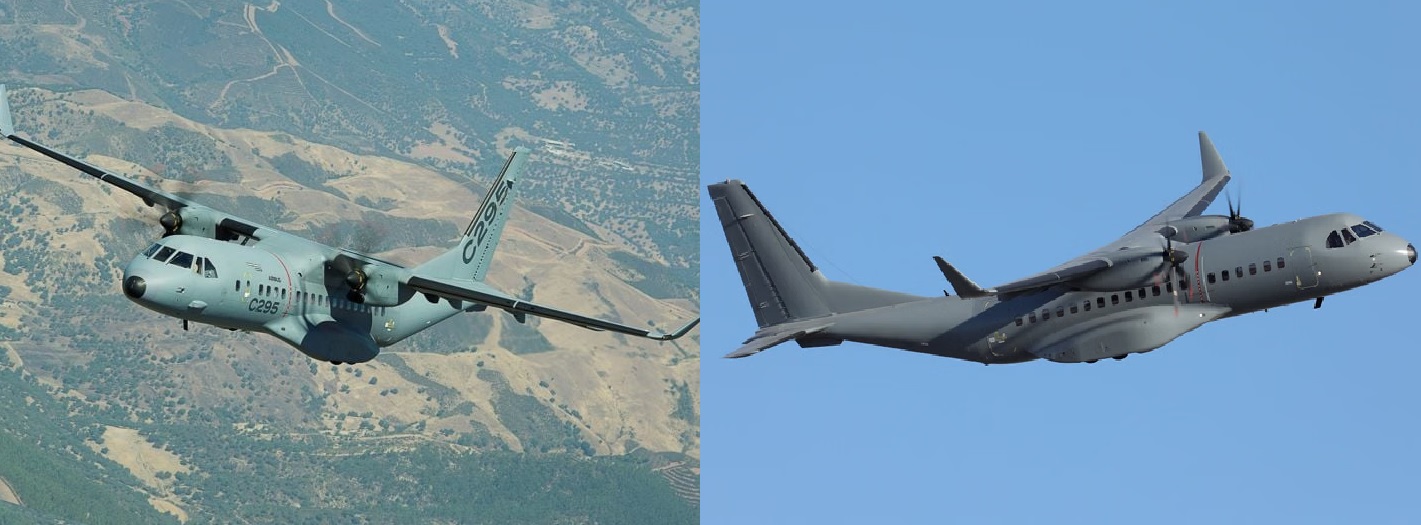United States Successfully Conducts Unarmed Test Launch of Minuteman III ICBM from California

The United States Air Force Global Strike Command (AFGSC) conducted a successful test launch of an unarmed LGM-30G Minuteman III intercontinental ballistic missile on November 5, 2025, from Vandenberg Space Force Base, California. Designated Glory Trip 254 (GT-254), the mission validated the continued reliability, operational readiness, and precision of America’s land-based strategic deterrent — a core component of the U.S. nuclear triad.
The launch was executed by a team of Airmen from the 625th Strategic Operations Squadron, using the Airborne Launch Control System (ALCS) aboard a U.S. Navy E-6B Mercury aircraft. This system enables the missile force to be launched remotely, serving as a backup command and control mechanism in the event of ground-based system degradation or conflict.
“GT-254 is not just a launch — it’s a comprehensive assessment to verify and validate the ICBM system’s ability to perform its critical mission,” said Lt. Col. Karrie Wray, commander of the 576th Flight Test Squadron, which oversees flight testing of the Minuteman III. “The data collected during the test is invaluable in ensuring the continued reliability and accuracy of the ICBM weapon system.”
A Test of Reliability and Strategic Assurance
Following its launch from Vandenberg, the unarmed Minuteman III’s reentry vehicle traveled approximately 4,200 miles (6,759 kilometers) before impacting at the Ronald Reagan Ballistic Missile Defense Test Site, located on the Kwajalein Atoll in the Republic of the Marshall Islands.
At Kwajalein, a suite of high-fidelity radars, optical sensors, and telemetry systems tracked the missile throughout its terminal flight phase, collecting performance and impact data. Analysts from the U.S. Army Space and Missile Defense Command will now use this information to evaluate guidance accuracy, propulsion stability, and reentry vehicle performance under operational conditions.
Col. Dustin Harmon, commander of the 377th Test and Evaluation Group, emphasized the technical scope of the mission:
“This test validated the reliability, adaptability, and modularity of the weapon system. Through this comprehensive effort, we ensure the highest standards of integrity and readiness for the nation’s ICBM force.”
Not a Response, But a Routine Assurance
AFGSC officials stressed that GT-254 was not conducted in response to any current global events. Rather, it is part of a long-running series of routine test launches, conducted multiple times each year to verify the performance of the United States’ aging Minuteman III fleet, which first entered service in the early 1970s.
“Such operations serve as a visible reminder that America’s strategic deterrent remains ready and capable,” said Col. Bryan Titus, deputy commander of Space Launch Delta 30. “These tests reaffirm our commitment to safety, reliability, and credibility in the face of evolving threats.”
The Minuteman III and America’s Nuclear Triad
The LGM-30G Minuteman III remains the sole land-based intercontinental ballistic missile (ICBM) in U.S. service and represents one leg of the nuclear triad, which also includes Trident II D5 submarine-launched ballistic missiles (SLBMs) and the B-52H Stratofortress and B-2 Spirit strategic bombers.
Each Minuteman III missile, housed in hardened silos across Wyoming, Montana, and North Dakota, can travel over 13,000 kilometers and is capable of carrying multiple independently targetable reentry vehicles (MIRVs). However, under existing arms control agreements, the missiles are deployed in a single-warhead configuration.
The missile used in GT-254 was equipped with instrumented test telemetry packages instead of a live warhead, enabling engineers to capture in-flight data on propulsion, guidance, and reentry dynamics.
Preparing for the Sentinel Era
While the Minuteman III has undergone multiple life-extension programs to maintain viability, it is reaching the end of its service life after over five decades of operation. The U.S. Air Force is transitioning to its next-generation successor — the LGM-35A Sentinel, developed by Northrop Grumman.
Expected to enter service in the mid-2030s, the Sentinel program will replace all 400 deployed Minuteman III missiles, overhaul launch facilities, and modernize the entire command and control architecture. Until the Sentinel system becomes operational, maintaining the readiness of the current fleet remains critical to the nation’s deterrence strategy.
“As we modernize to the Sentinel weapon system, we must continue to maintain the readiness of the existing Minuteman III fleet,” said Gen. S.L. Davis, commander of Air Force Global Strike Command. “GT-254 fulfills that commitment, ensuring continued accuracy, safety, and reliability.”
Strategic Context and Global Implications
The test comes at a time of renewed strategic competition, as both Russia and China accelerate their nuclear modernization programs. The U.S., meanwhile, continues to emphasize transparency and predictability in its test programs as a stabilizing factor in global deterrence.
Unarmed test launches such as GT-254 serve two purposes: they demonstrate technical reliability to U.S. policymakers and allies while signaling credibility to potential adversaries. These operations reaffirm that, even as modernization progresses, the United States retains a fully capable and responsive nuclear deterrent.
A Message of Confidence
The successful completion of GT-254 reinforces the U.S. Air Force’s ability to maintain, operate, and test one of the most complex weapons systems ever fielded. It also highlights the coordinated effort of Airmen from all three missile wings, engineers from test squadrons, and support from Navy and Army partners.
As the Minuteman III approaches the end of its operational journey, missions like GT-254 ensure that the missile continues to perform its essential role — deterring aggression, preserving stability, and assuring allies.
In the words of AFGSC leadership, the test stands as a testament to a simple but vital truth:
“America’s strategic deterrent remains safe, secure, and ready — always.”
✍️ This article is written by the team of The Defense News.






